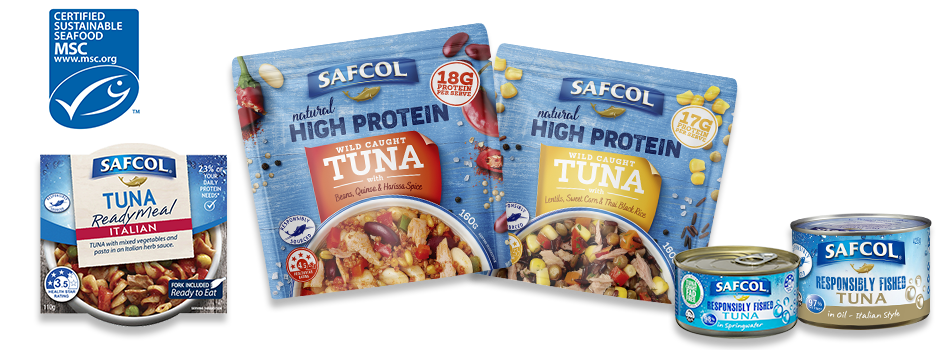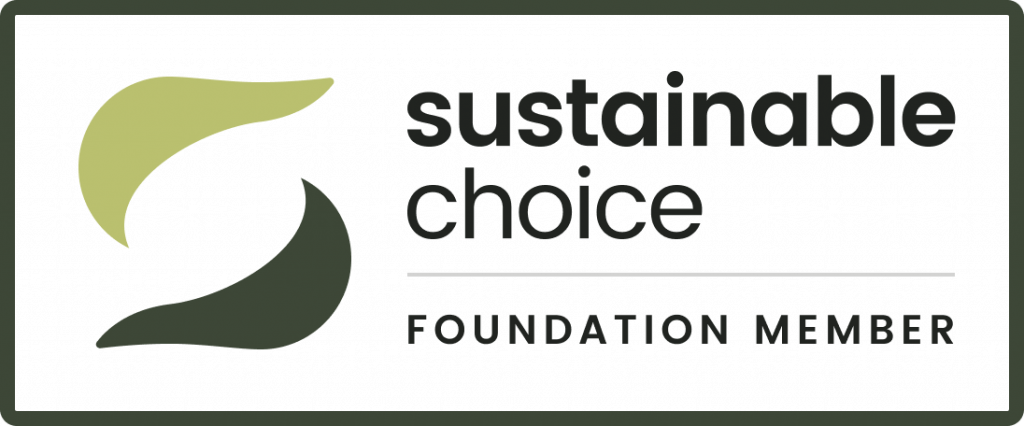by Ashleigh Feltham
Accredited Practising Dietitian and Accredited Nutritionist
 If you are female, this post is a must-read. Your gut microbiome and the microbiome of the vagina communicate and influence each other’s health.
If you are female, this post is a must-read. Your gut microbiome and the microbiome of the vagina communicate and influence each other’s health.
There is a link between the gut and women’s health. An imbalanced gut microbiome sends messages causing an imbalance to the healthy equilibrium of the vagina, affecting its physiological, immunological and metabolic functions. An imbalanced gut sends pro-inflammatory messages, negatively impacting a woman’s ability to reproduce and increasing the occurrence of diseases and disorders, such as aerobic vaginitis.
An imbalance in types or numbers of gut bacteria not only negatively affects the barrier function of the gut, but also that of the vaginal wall. This imbalance can trigger an immune response and the release of pro-inflammatory factors. Left untreated, these reactions within the body can lead to a number of diseases.
The gastrointestinal tract encompasses the passage from the mouth to the anus. Around 44% of bacteria species found in a woman’s rectum microbiome are also found in her vaginal microbiome. The amounts of these types of species are found in similar numbers in both microbiomes.
The vaginal and gut microbiomes have in common five bacteria phyla or the main bacterial lineages. These are Firmicutes, Bacteroidetes, Proteobacteria, Actinobacteria and Fusobacteria. Diet plays a key role in taking care of the health of the gut, and consequently for women, vaginal health.
Aim to include a diverse range of plant-based foods each day in meals and snacks. Plant foods contain prebiotic fibre and polyphenols, which are fuel for gut microbes that support overall health.
A diversity of plant food sources feed the different types of microbes. This balance of healthy types and amounts of microbes is an essential component of a healthy gut microbiome, and consequently, positively impacts overall health.
Include at least 30 different plant foods each week. This can include nuts, seeds, fruits, vegetables, legumes and whole grains. Another good source of dietary fibre is foods supplemented with inulin, a natural prebiotic plant fibre and fuel source for the healthy variety of gut microbes.
Take home message
There is an intricate connection between the gut and vaginal health in turn the gut and women’s health. Your lifestyle choices, particularly your diet, heavily impact your gut microbiome health. For a healthy gut and vagina, ensure that you feed your gut microbiome with foods containing prebiotic fibre to keep both organs in optimal health.
References:
- Amabebe E, Anumba DOC. Female Gut and Genital Tract Microbiota-Induced Crosstalk and Differential Effects of Short-Chain Fatty Acids on Immune Sequelae. Front Immunol. 2020 Sep 10;11:2184. doi: 10.3389/fimmu.2020.02184. PMID: 33013918; PMCID: PMC7511578.
- El Aila NA, Tency I, Claeys G, Verstraelen H, Saerens B, Santiago GL, De Backer E, Cools P, Temmerman M, Verhelst R, Vaneechoutte MBMC Infect Dis. 2009 Oct 14; 9():167.
- Amabebe E, Robert FO, Agbalalah T, Orubu ESF
- Br J Nutr. 2020 May 28; 123(10):1127-1137.
- Kaur H, Merchant M, Haque MM, Mande SS. Crosstalk between female gonadal hormones and vaginal microbiota across various phases of women’s gynaecological lifecycle. Front Microbiol. (2020) 11:551. 10.3389/fmicb.2020.00551
















Comments are closed.